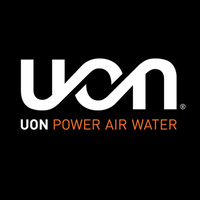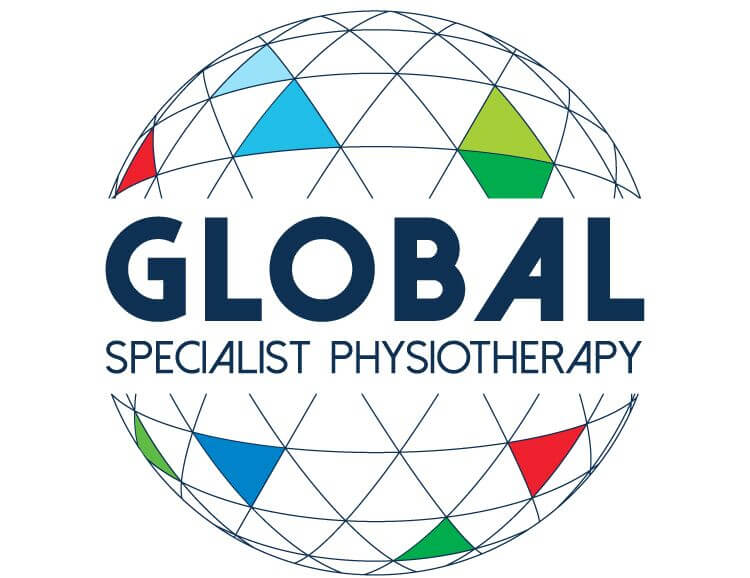Cancer & Lymphoedema
Prostate Cancer
For men in Australia, Prostate cancer is the most common cancer and is the third most common cause of cancer death. One in 6 men will be diagnosed by the age of 85 years. Prostate cancer occurs when there is abnormal and uncontrolled cell development in the prostate gland. There are two stages of prostate cancer, locally advanced within the prostate and metastatic cancer that has spread beyond the prostate.
Your treatment will be determined by the extend and the staging of the prostate cancer. The TNM (Tumour, Nodes, Metastasis) system stages cancer from stage 1 to stage 4. Active surveillance and watchful waiting monitor low risk, localised cancer that is unlikely to spread, this requires regular PSA tests and examinations. Exercise and other lifestyle interventions play a roll in this stage by decreasing co-morbidity risk and regulating the biological processes involved in tumour progression, with the potential to slow cancer progression.
Exercise plays a significant role in reducing the severity of treatment related side effects and reducing cancer related risk. It can provide a protective effect via its ability to modulate hormone levels, reduce obesity, reduce oxidative stress and enhance immune function. Both aerobic and resistance exercise are recommended modalities of exercise to reduce prostate cancer risk and manage treatment related symptoms for those with prostate cancer. Exercise is an opportunity to actively improve your outcomes with prostate cancer. It is recommended to start an exercise program as soon as possible with an Accredited Exercise Physiologist who can tailor a program to suit you, your current treatment, and your prostate cancer stage.
Prostate Cancer Treatment
Surgery
A radical prostatectomy is surgery which removes the whole prostate. Side effect from this may include impotence and incontinence. Pre- and post-surgery exercise, particularly that of the pelvic floor muscles is important in managing incontinence and may improve early incontinence and quality of life outcomes after surgery. Post-surgery you will be required to rest and unable to participate in certain physical activities as guided by your Oncologist. Due to this period of lack of activity there will be a level of deconditioning of your muscle mass and overall fitness, this will occur naturally due to inactivity post-surgery. It is important to have a good level of fitness and muscle mass before surgery for better post-surgery outcomes and function post-surgery.
Radiation
Radiation for prostate cancer if given either with external beam radiation (EBRT) or by implanting radioactive seeds within the prostate (brachytherapy). Side effects are similar to those of surgery and can include impotence, incontinence and some bowel problems. Radiation can cause unfavourable declines in quality of life, physical fitness, and increased fatigue levels. Both aerobic and resistance exercise during radiation therapy can mitigate fatigue and provides benefits for quality of life, strength, and fat mass.
Androgen deprivation Therapy (Hormone Therapy)
Prostate cancer needs the hormone testosterone to grow. Androgen Deprivation Therapy (ADT) hormone therapy that is used to slow the production of testosterone and is given to men with active prostate cancer and prostate cancer survivors. Those on ADT often experience treatment related side-effects that can affect both physical function and quality of life. Research has shown exercise to be effective in reducing these and improving quality of life. Although ADT has the benefit of improved survival rates, there is both short- and long-term side effects of ADT.
Metabolic side-effects can include fatigue, obesity, insulin resistance, lipid alterations, and rapid muscle loss. With accelerated muscle loss comes a decrease in strength and an impaired physical function and inactivity and loss of independence. ADT also amplifies and accelerates age related bone loss leading to increased risk of osteoporosis.
Exercise is an important countermeasure to the effects of hormone treatment and has been shown to result in a significantly greater quality of life and less fatigue. Research has also shown that exercise performed a minimum of two to three days per week can significantly improve physical fitness, quality of life and fatigue levels. Exercise also is beneficial in managing body composition changes related to ADT. Exercise can slow the effects of muscle loss and fat mass increase, therefore giving men with prostate cancer more independence and a better quality of life.
Your treatment will be determined by the extend and the staging of the prostate cancer. The TNM (Tumour, Nodes, Metastasis) system stages cancer from stage 1 to stage 4. Active surveillance and watchful waiting monitor low risk, localised cancer that is unlikely to spread, this requires regular PSA tests and examinations. Exercise and other lifestyle interventions play a roll in this stage by decreasing co-morbidity risk and regulating the biological processes involved in tumour progression, with the potential to slow cancer progression.
Exercise plays a significant role in reducing the severity of treatment related side effects and reducing cancer related risk. It can provide a protective effect via its ability to modulate hormone levels, reduce obesity, reduce oxidative stress and enhance immune function. Both aerobic and resistance exercise are recommended modalities of exercise to reduce prostate cancer risk and manage treatment related symptoms for those with prostate cancer. Exercise is an opportunity to actively improve your outcomes with prostate cancer. It is recommended to start an exercise program as soon as possible with an Accredited Exercise Physiologist who can tailor a program to suit you, your current treatment, and your prostate cancer stage.
Prostate Cancer Treatment
Surgery
A radical prostatectomy is surgery which removes the whole prostate. Side effect from this may include impotence and incontinence. Pre- and post-surgery exercise, particularly that of the pelvic floor muscles is important in managing incontinence and may improve early incontinence and quality of life outcomes after surgery. Post-surgery you will be required to rest and unable to participate in certain physical activities as guided by your Oncologist. Due to this period of lack of activity there will be a level of deconditioning of your muscle mass and overall fitness, this will occur naturally due to inactivity post-surgery. It is important to have a good level of fitness and muscle mass before surgery for better post-surgery outcomes and function post-surgery.
Radiation
Radiation for prostate cancer if given either with external beam radiation (EBRT) or by implanting radioactive seeds within the prostate (brachytherapy). Side effects are similar to those of surgery and can include impotence, incontinence and some bowel problems. Radiation can cause unfavourable declines in quality of life, physical fitness, and increased fatigue levels. Both aerobic and resistance exercise during radiation therapy can mitigate fatigue and provides benefits for quality of life, strength, and fat mass.
Androgen deprivation Therapy (Hormone Therapy)
Prostate cancer needs the hormone testosterone to grow. Androgen Deprivation Therapy (ADT) hormone therapy that is used to slow the production of testosterone and is given to men with active prostate cancer and prostate cancer survivors. Those on ADT often experience treatment related side-effects that can affect both physical function and quality of life. Research has shown exercise to be effective in reducing these and improving quality of life. Although ADT has the benefit of improved survival rates, there is both short- and long-term side effects of ADT.
Metabolic side-effects can include fatigue, obesity, insulin resistance, lipid alterations, and rapid muscle loss. With accelerated muscle loss comes a decrease in strength and an impaired physical function and inactivity and loss of independence. ADT also amplifies and accelerates age related bone loss leading to increased risk of osteoporosis.
Exercise is an important countermeasure to the effects of hormone treatment and has been shown to result in a significantly greater quality of life and less fatigue. Research has also shown that exercise performed a minimum of two to three days per week can significantly improve physical fitness, quality of life and fatigue levels. Exercise also is beneficial in managing body composition changes related to ADT. Exercise can slow the effects of muscle loss and fat mass increase, therefore giving men with prostate cancer more independence and a better quality of life.
Cancer-Related Fatigue
Cancer related fatigue is severe and disruptive fatigue that may persist for years after cancer treatment completion. It is one of the most common side effects from treatment, it is not relieved by rest and can be quite distressing for the individual and their quality of life. Cancer-related fatigue is multifactorial, and inflammation is currently believed to be a key biological pathway. Other risk factors may be genetics, biological, psychological, and behavioural factors.
There is a large and growing number of evidence for exercise as a treatment for cancer-related fatigue. Exercise during treatment can buffer treatment-related increases in fatigue and exercise can reduce fatigue in patients who have completed their cancer treatment. Exercise and being active can decrease fatigue levels, increase physical fitness, decreasing other co-morbidity risk factors and increase your quality of life and independence. It is recommended that exercise should begin at modest levels and increase with intensity over time, additionally exercise should be tailored by an exercise professional to the individual and their treatment stage.
There is a large and growing number of evidence for exercise as a treatment for cancer-related fatigue. Exercise during treatment can buffer treatment-related increases in fatigue and exercise can reduce fatigue in patients who have completed their cancer treatment. Exercise and being active can decrease fatigue levels, increase physical fitness, decreasing other co-morbidity risk factors and increase your quality of life and independence. It is recommended that exercise should begin at modest levels and increase with intensity over time, additionally exercise should be tailored by an exercise professional to the individual and their treatment stage.






